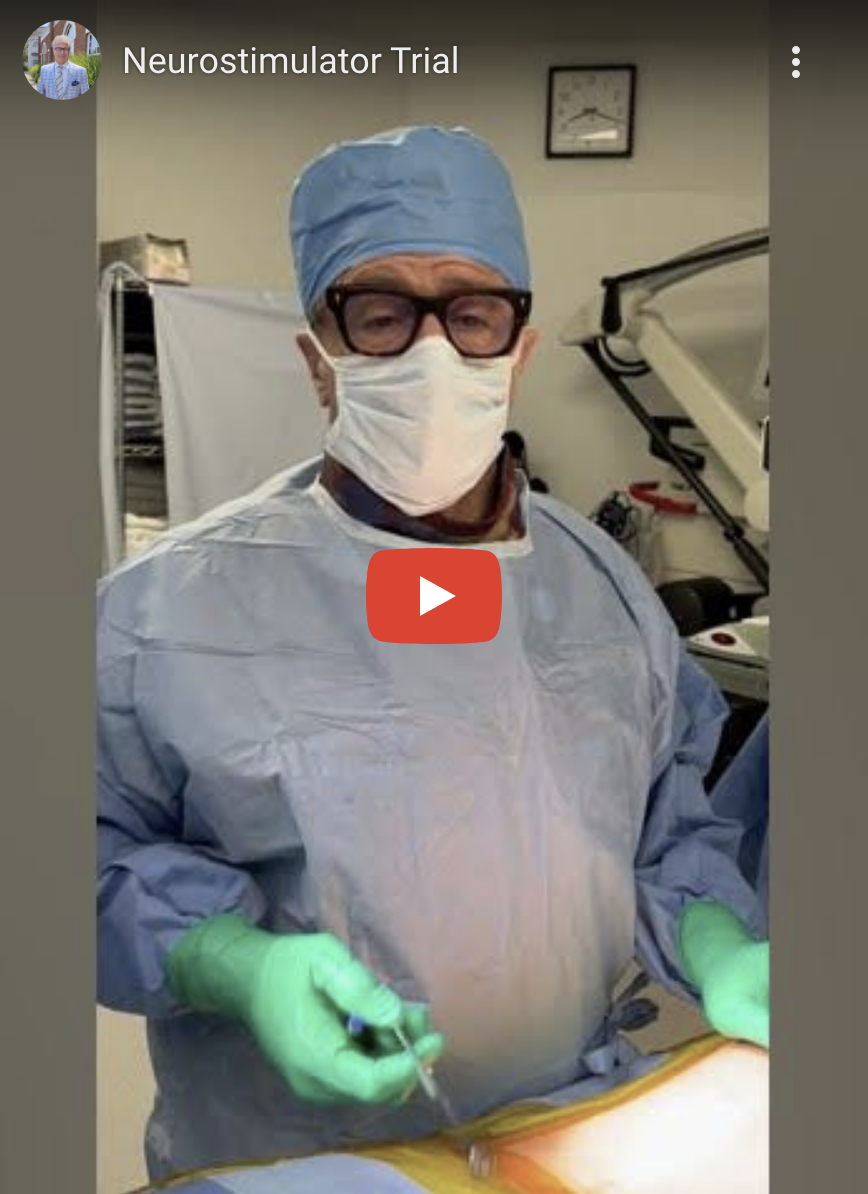The field of minimally invasive spine surgery (MIS) relies on cutting edge technology and instrumentation. It may be a valid treatment option for your spinal disorder or chronic back and neck pain. Minimally invasive spine surgery utilizes the knowledge of important anatomy along with cutting-edge technology to treat your spinal injury or condition without causing unnecessary injury to the surrounding area. Combining computer navigation and nerve monitoring with highly specialized tools and instrumentation provides for a safe and effective solution to your pain.
The following is a list of Frequently Asked Questions regarding MIS:
When should I consider surgery?
Surgery is generally a last resort when it comes to treating spinal conditions. However, if several non-operative treatments have been attempted and there has been no improvement or the condition has worsened, surgery may be a reasonable solution. The decision for surgery should be individualized to the patient.
Am I a candidate for minimally invasive spine surgery?
This is a quickly growing field. However, there are certain conditions that require standard surgery, such as high-degree scoliosis and tumors. The best type of treatment is a decision that can best be made between the doctor and the patient.
How long is the recovery period?
Recovery periods vary from patient to patient. Some patients return to full activity in just 6 weeks, while others require more time.
How long will pain last after surgery?
On average, patients that have had minimally invasive spine surgery are discharged in half of the time of traditional surgery and the same goes for the amount of time that patients experience pain.
Is minimally invasive spine surgery experimental?
No. MIS has been used successfully for many years. The procedures available will continue to evolve rapidly.



